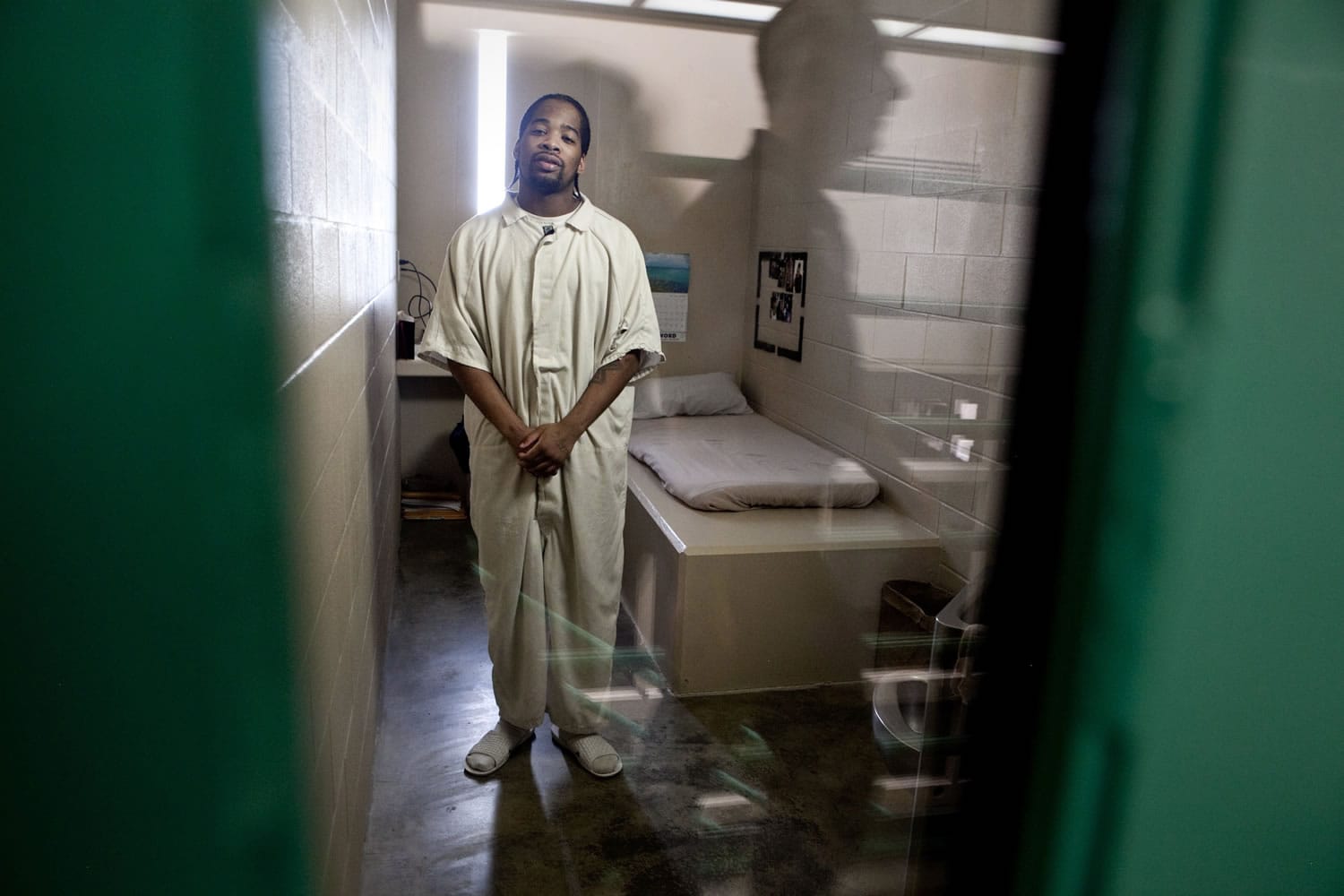SEATTLE — Being alone in your own head 23 hours a day in a 48-square-foot poured-concrete cell makes, inmates say, the mad madder and the bad even worse.
“One guy told me he had, like, 15 faces on tissue paper, and he had names on them,” said inmate Michael Richards, who spent about seven of the past 11 years in solitary confinement at Clallam Bay Corrections Center. “He’d say, ‘Hey Bob, good morning.’ He’d talk to them through the day, just to keep that contact, because he couldn’t talk to anyone else.”
For centuries, solitary confinement has been the harshest means to deter rule-breaking.
But the benefits are being reconsidered, and Washington state is at the forefront of a national re-examination. Instead of facing nothing but forced solitude, Washington inmates in solitary units — called Intensive Management Units, or IMUs — are increasingly being let out for hours to attend classes, see counselors or hit the gym.
It is a clear move to the left in prison management, but one that Washington prison managers say is rooted in data. More emphasis on rehabilitation appears to calm behavior in the prison, and cuts violent recidivism on the streets, experts say. It is also a cost-saver: Solitary confinement costs about three times as much as keeping a prisoner in general custody.




